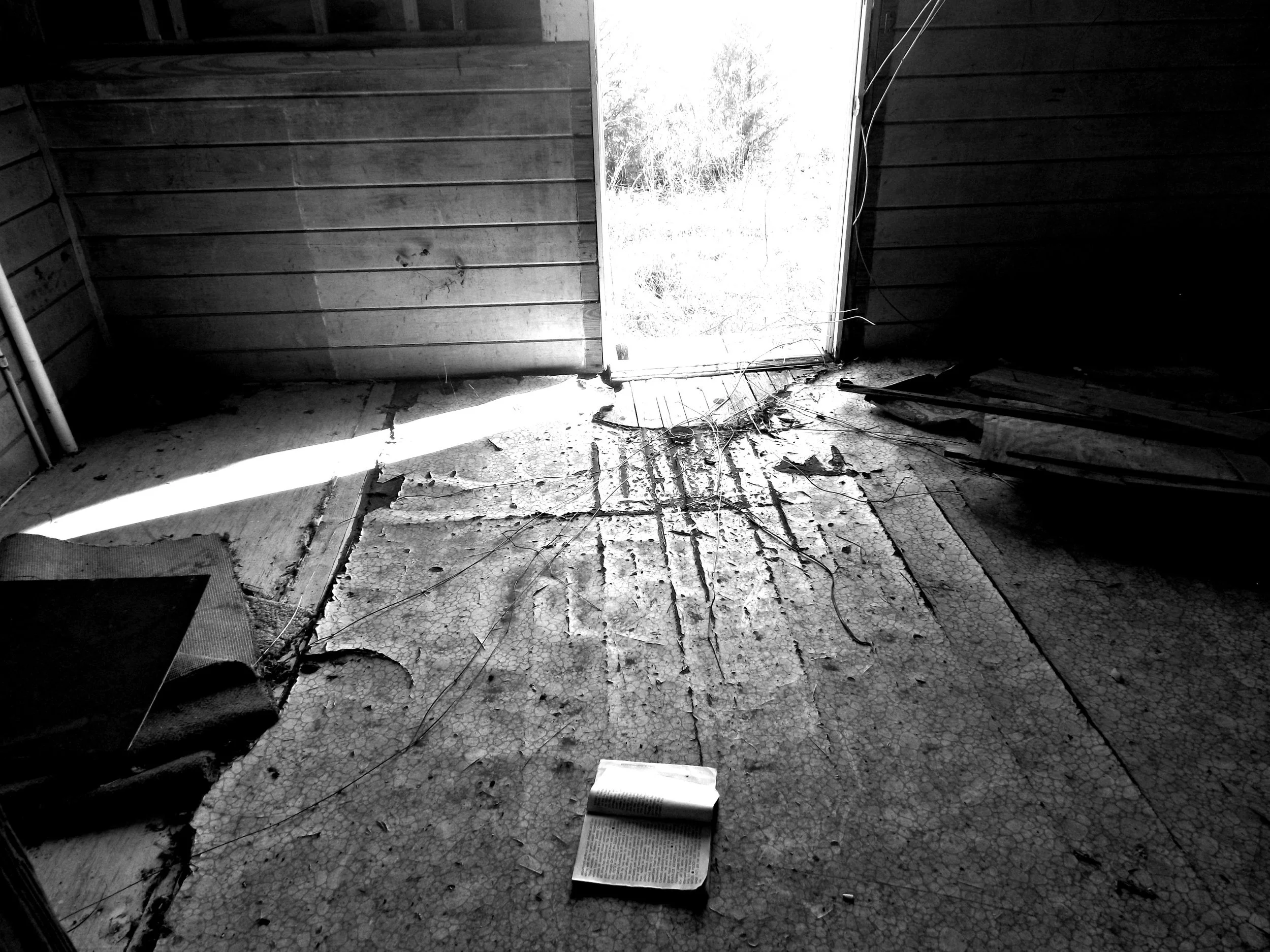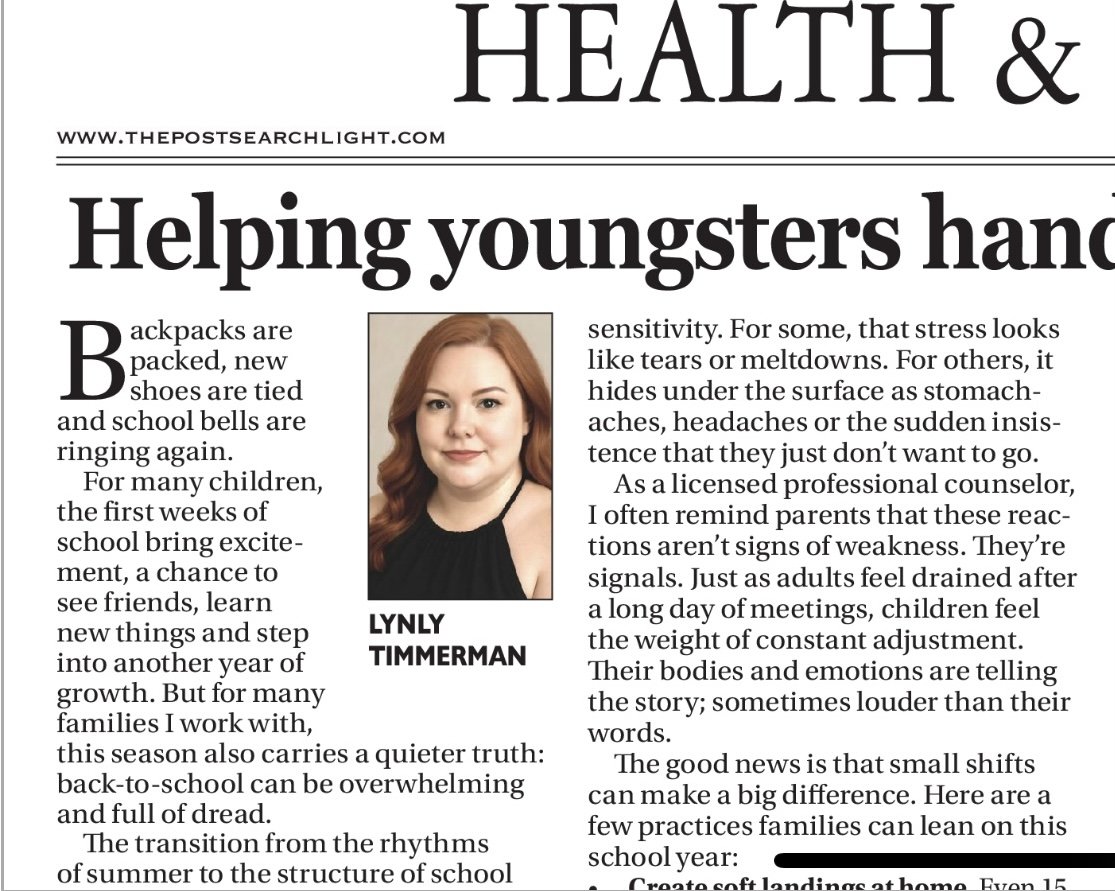Radicalism and the Death of Knowledge
Indoctrination rarely announces itself. It comes dressed as certainty, as tradition, as “truth” too sacred to question. For many of us, it was the air we breathed . Bible verses memorized before we could spell our names, slogans repeated until they calcified into morality. We called it education. We called it faith. But what it really was, was obedience training.
When knowledge dies, suspicion takes its place. Professors aren’t teachers anymore, they’re “influences.” Science isn’t discovery, it’s a scam seeded by a “psychopath.” Curiosity doesn’t survive here, only outrage does. I see it every day in the posts circulating: rants about gender studies as if asking questions is corruption, fearmongering about Darwin as if evolution is a personal insult, praise for pundits who promise to “rescue” our kids from thought itself. This is not knowledge. It’s indoctrination repackaged as discernment.
In charismatic Christianity, knowledge was often treated as a rival to faith. The louder the shout, the holier the spirit. Tears and tongues became the measure of belief, not study or integrity. It was a faith that thrived on arousal; mass weeping, collective ecstasy, altar calls where children were told they’d feel fire if they were chosen. This is what the psychology of cults teaches us: overwhelm the nervous system with emotion, and the critical mind cannot keep pace. In high-control systems, emotion becomes evidence, and thinking is the enemy.
Radicalism thrives in that vacuum. When your entire worldview is built on slogans instead of study, conspiracy instead of context, every challenge feels like an attack. Indoctrination doesn’t prepare you to wrestle with complexity, it prepares you to fear it. To despise it. To silence it. Charismatic fervor only accelerates the process. The same machinery that rewards speaking in tongues rewards political allegiance: absolute loyalty, all-or-nothing thinking, and the collapse of nuance. Cult dynamics work because they sever you from yourself until fear of leaving outweighs the cost of staying.
But when the script collapses, when indoctrination can’t contain reality anymore, the grief is seismic. Deconstruction isn’t rebellion. It’s survival.
Deconstruction is survival because indoctrination demands self-erasure. It’s the cornerstone of religious upbringing, authoritarianism, and colonization, In many ways, that obedience was holiness and curiosity was rebellion. Questions weren’t tools for learning, they were traps to expose disobedience. In some rooms, knowledge was treated like a liability, as though integrity could only exist in ignorance.
I was primarily raised by my grandparents, and my Papa believed deeply in learning. Later in life he became a pastor, but he saw education not as the enemy of faith, but as part of it. Which meant I grew up in the middle of a contradiction: a world that preached suspicion of science and psychology, and a grandfather who kept pointing me back toward the value of study and understanding.
Indoctrination tried to convince me that truth only flowed downward, from God to pastor to father to child. Vertical morality. But Papa’s example cracked the scaffolding. He modeled something closer to horizontal morality, where worth wasn’t measured by hierarchy but by how we live with and for each other. Where faith and knowledge didn’t have to be enemies.
Radicalism once convinced me that salvation depended on winning arguments, drawing harder lines, despising the “other” quicker and louder. But relationship dismantled that certainty. Queer friends, neurodivergent kids, immigrants, those labeled “broken,” none of them needed saving. They needed to be seen. And so did I.
I know because I lived it; in my whole existence. As a teen and young adult, I found myself asking very deep questions I didn’t yet have the language for. The way I received validation and connection was through scripture and biblical teachings with my grandparents. At times, when I went too deep or asked a question that couldn’t be reconciled with biblical knowledge, the response was to pray for discernment, to have faith, to ask for God’s will to be revealed
It is such an innocent manipulation. Because the premise is: you don’t know what you don’t know. You couldn’t possibly realize that what should be done in those moments is guidance toward critical thinking. Media literacy 101 — who, why, what. But instead of being taught to interrogate, I was taught to spiritualize.
When I finally reached the pinnacle of my deconstruction, the peace that Christianity always promised, the peace you were told you’d feel once you gave your life over to the “Lord” finally washed over me. Not because I had surrendered harder, but because my mind finally stopped contorting itself. The mental gymnastics, the endless loopholes, the desperate effort to make scripture stretch over every question and finally all of it ended. Everything clicked into place the moment I gave myself permission to let go of the real disillusion.
This is why deconstruction feels like death at first. Your nervous system has been wired for belonging through performance. Step outside the script, and the body shakes with terror. It isn’t rebellion — it’s trauma release. The psychology of cults tells us that leaving high-control systems comes with grief, guilt, and disorientation. But it also tells us survival is possible. And necessary.
In 2014, I stood in my great-grandmother’s house for the last time before it was tore into the ground. The walls were peeling, the floorboards cracked, but a single book lay open on the floor, catching the light from the doorway. I took a picture because something in my spirit told me the pictures would be important. Observation and documentation are the cornerstone of the scientific process. The photos I took that day stayed with me ever since. A visual piece of my history. A reminder that indoctrination can rot a structure, but it cannot silence the words left behind. Knowledge waits for us, even when the house that held it has fallen.
This isn’t theoretical for me. I’m raising a son in the shadow of these narratives. And what I want for him more than titles, more than approval is a future wide enough for curiosity, for compassion, for knowledge that breathes, and yes— empathy. He deserves more than indoctrination repackaged as truth. He deserves integrity, imagination, and the freedom to choose what scaffolding he will keep and which he will burn.
As do we all.
Front Porch Therapy
The front porch is a staple in southern culture. It’s where stories come to life, rocking chairs creak, hands shuck corn, grandpa sips sweet tea, and kids listen at the edge of grown-up talk. It’s where joy and grief both settle into the air, braided together with the hum of cicadas. It’s also sometimes where silence is taught, the kind that keeps certain wounds hidden and where trauma passes quietly from one generation to the next.
What we inherit isn’t only our great-great grandma’s coveted secret cornbread recipe. Sometimes it’s the weight of shame, the rules no one names, the grief no one touches. On porches, those patterns can echo for decades. You learn not to ask questions, not to speak too loud, not to cry where others can see. That’s how trauma becomes tradition.
The front porch is a staple in southern culture. It’s where stories come to life, rocking chairs creak, hands shuck corn, grandpa sips sweet tea, and kids listen at the edge of grown-up talk. It’s where joy and grief both settle into the air, braided together with the hum of cicadas. It’s also sometimes where silence is taught, the kind that keeps certain wounds hidden and where trauma passes quietly from one generation to the next.
What we inherit isn’t only our great-great grandma’s coveted secret cornbread recipe. Sometimes it’s the weight of shame, the rules no one names, the grief no one touches. On porches, those patterns can echo for decades. You learn not to ask questions, not to speak too loud, not to cry where others can see. That’s how trauma becomes tradition.
Emerging neuroscience tells us that trauma doesn’t just disappear, it lives in the body, shaping nervous systems, and it can even be passed on through generations. Clinicians refer to this as epigenetics: the way stress, neglect, and trauma can leave chemical “marks” on our genes. These marks don’t change the DNA itself, but they influence how genes are expressed, kind of like turning dimmer switches up or down.
For example, a grandparent who lived through war or poverty may have had their stress-response system turned permanently “on high.” That sensitivity can be passed down, so that a grandchild grows up more prone to anxiety, hypervigilance, or emotional shutdown even without experiencing the original trauma firsthand.
What we inherit isn’t only secret recipes or family sayings. Sometimes it’s the weight of shame, the rules no one names, the grief no one touches. On porches, those patterns can echo for decades.
A gentle shift in tradition can be as simple as reframing a mindset and still hold the value of the customs being shared. As a clinician, I know the power in naming and validating feelings, events, —traumas. Front porches can be a reclamation of sovereignty, a place where cycles are interrupted, where what once weighed heavy is spoken out loud, and where healing becomes an act of choice.
Because healing, like the porch, belongs to ordinary life. It doesn’t have to be sterile or clinical to matter. It can be as familiar as the sound of a swing chain, as steady as a chair on old wood, as brave as saying: the story changes here with me.
Helping Kiddos Handle back-to-school Stress
Backpacks are packed, new shoes are tied, and school bells are ringing again. For many children, the first weeks of school bring excitement, a chance to see friends, learn new things, and step into another year of growth. But for many families I work with, this season also carries a quieter truth: back-to-school can be overwhelming and full of dread.
The transition from the rhythms of summer to the structure of school isn’t always simple. Bright lights, loud hallways, new teachers, and changing routines can create a perfect storm for stress especially for kids who experience the world with heightened sensitivity. For some, that stress looks like tears or meltdowns. For others, it hides under the surface as stomachaches, headaches, or the sudden insistence that they just don’t want to go.
Backpacks are packed, new shoes are tied, and school bells are ringing again. For many children, the first weeks of school bring excitement, a chance to see friends, learn new things, and step into another year of growth. But for many families I work with, this season also carries a quieter truth: back-to-school can be overwhelming and full of dread.
The transition from the rhythms of summer to the structure of school isn’t always simple. Bright lights, loud hallways, new teachers, and changing routines can create a perfect storm for stress especially for kids who experience the world with heightened sensitivity. For some, that stress looks like tears or meltdowns. For others, it hides under the surface as stomachaches, headaches, or the sudden insistence that they just don’t want to go.
As a licensed professional counselor, I often remind parents that these reactions aren’t signs of weakness. They’re signals. Just as adults feel drained after a long day of meetings, children feel the weight of constant adjustment. Their bodies and emotions are telling the story; sometimes louder than their words.
The good news is that small shifts can make a big difference. Here are a few practices families can lean on this school year:
Create soft landings at home. Even 15 minutes of quiet, screen-free downtime after school helps kids reset before diving into homework or activities.
Use sensory tools. Noise-reducing headphones, fidget toys, or a favorite soft sweater can give children a sense of control when environments feel overstimulating.
Name the feelings. Saying, “It looks like your body feels too tired and loud right now,” helps kids feel understood rather than “too much.”
Practice predictable routines. Consistent morning and evening steps with same order, same rhythm, reduce the mental load of decision-making.
And above all, remember that children learn resilience not by avoiding stress, but by moving through it with support. When parents model calm, offer choices, and affirm their child’s feelings, kids slowly discover that even big emotions are survivable.
This message is close to my heart, not just as a counselor, but as a mom. My son’s experiences, along with my own, inspired me to write a children’s book, Not Today, Noodles, which gently validates kids who struggle with sensory sensitivities around food. In our home, and in the families I support, I’ve seen how much it matters for children to hear: “Your feelings are real. Your body makes sense. And you are not alone.”
So as another school year begins, I encourage families to see the stress not as a sign of failure but as an invitation to slow down, listen more closely, and remind our kids that bravery doesn’t always look loud. Sometimes it looks like simply showing up, one gentle day at a time.
It’s Not Just Picky Eating: ARFID in Adults
I have lost count of how many times I have heard, “Just try it, you might like it.” For some people, that is harmless encouragement. For others, especially those who are neurodivergent, it can be the fastest way to trigger panic, shutdown, or nausea.
Avoidant/Restrictive Food Intake Disorder (ARFID) is not stubbornness or a childhood phase. It is a complex relationship between body, brain, and sensory environment that can last a lifetime. I have seen how ARFID is misunderstood, minimized, or completely missed in adults both in my counseling work and in my own life.
I have lost count of how many times I have heard, “Just try it, you might like it.” For some people, that is harmless encouragement. For others, especially those who are neurodivergent, it can be the fastest way to trigger panic, shutdown, or nausea.
Avoidant/Restrictive Food Intake Disorder (ARFID) is not stubbornness or a childhood phase. It is a complex relationship between body, brain, and sensory environment that can last a lifetime. I have seen how ARFID is misunderstood, minimized, or completely missed in adults both in my counseling work and in my own life.
For many neurodivergent adults, food is not just about taste. It is about texture, temperature, smell, even the sound of chewing or utensils. A meal that feels safe one day can be impossible the next if a brand changes the recipe or the packaging smells different. That is not being picky. That is a nervous system doing its best to protect itself from what it sees as a threat.
Adults with ARFID often become skilled at masking. They avoid work lunches, stick to a small list of “safe” foods, and come up with reasons to skip events that revolve around eating. To others, it might look quirky or particular. In reality, it is careful self-preservation, but it can come with nutritional gaps, isolation, and ongoing anxiety about eating in public.
Medical visits can make it harder. Too many people with ARFID have gone to a doctor for something unrelated like a broken bone, chronic pain, a sinus infection only to hear, “If you just lose weight…” This advice ignores the reality of restricted eating patterns, the role of sensory safety, and the fact that “healthy eating” guidelines assume you can eat the same foods as everyone else.
Supplemental nutrition is not always the easy fix it sounds like. Protein powders, fortified shakes, and meal replacements might work in theory, but in practice they can be ruled out instantly by texture, smell, or aftertaste. For people with ARFID, finding safe nutrition is an ongoing process that takes patience, trial and error, and a provider who understands sensory needs.
Treatment for ARFID has to be respectful. Exposure to new foods can help in some cases, but only with safety and consent. Forcing foods on someone with ARFID does not build tolerance. It can make things worse, creating more fear and anxiety around eating. Progress happens when changes are made slowly, with full collaboration, and when sensory preferences are treated as valid, not as obstacles to overcome.
The most important thing to remember is that people with ARFID are not being difficult. They are navigating a body-brain system that works differently. Respect and understanding go further than judgment or pressure.



